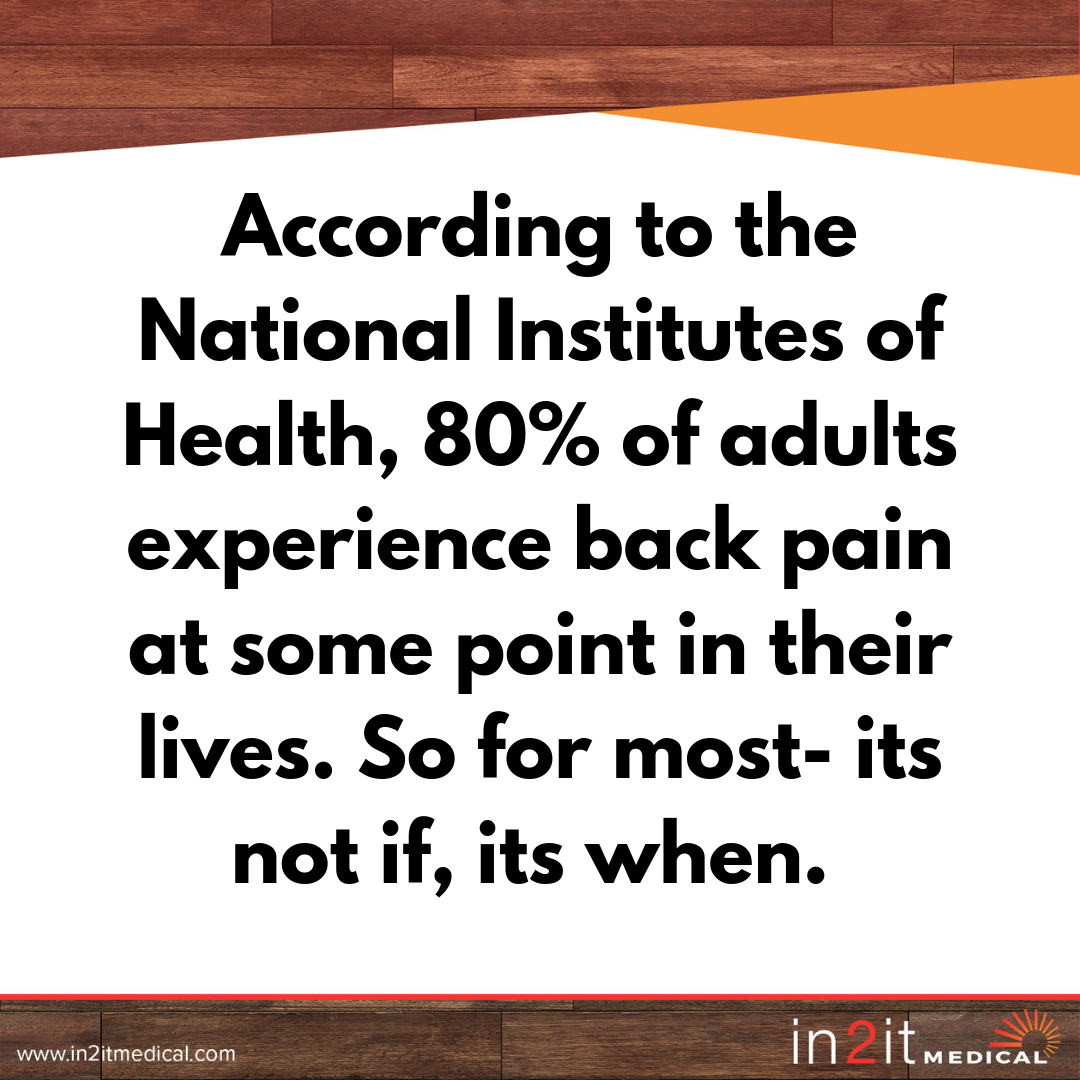The Danger of “Wait and See”: 4 Reasons You Shouldn’t Wait to See a Doctor About Your Pain
“It’s not that bad.”
“It only hurts if I stand for too long.”
“I don’t have the time or money right now.”
“I’ll wait and see if it gets any worse.”
Do any of these statements sound familiar? According to the National Institutes of Health, 80% of adults experience back pain at some point in their lives (that doesn’t even include neck, knee, hip, shoulder, or any other common pain sites). It’s safe to say that almost all of us will be hurting at one time or another. But not all of us will seek out the proper care and rehabilitation for that pain. Whether it’s due to cost, fear of doctors and bad news, or just busy lives in general, many people are inclined to live with pain that still allows them to function on some level. However, here are 4 compelling reasons to not wait too long before seeking help for your pain:
1. You will likely experience better outcomes with early intervention: Seeing a doctor earlier rather than later can increase your chances of a full recovery. Continuing to live with your pain can result in a worse injury and could even lead to surgery that was not originally needed. If your injury results in scar tissue, a doctor can also recommend ways to make sure the scar tissue builds properly and does not create stiffness and discomfort.
2. Your quality of life is impacted longer than necessary when you wait: Living with pain also means living with limitations such as standing on the sidelines rather than participating, leaving events early, or adjusting your usual routine because your pain causes you to have less stamina. You can also cause additional problems when you compensate for the painful area by shifting weight and pressure to other body parts, leaving them at risk for overuse and strain injuries as well.
3. You may have more treatment options than you think: Does the fear of surgery, a lengthy recovery, or pharmaceutical pain management keep you out of the doctor’s office? There are actually a wide variety of pain treatment options available now, ranging from physical therapy and bracing to regenerative medicine delivered via injection. At In2it Medical, patients are regularly assessed using ultrasound technology to ensure the correct diagnoses and treatment plans are being made, getting patients back to normal activity as soon as possible with the least invasive solution possible.
4. Your ability to heal can diminish with age: When pain is limiting but not debilitating, it can be easy to push it aside and focus on your other responsibilities. However, as months and even years go by, our bodies change: inflammation increases, hormones change, and cells responsible for repairing our anatomical structures slow down. If you wait too long to seek treatment, you could find that your body doesn’t heal quite as well as it used to. Instead, you may need additional treatments and could potentially never reach the same level of recovery that you would have if you had sought treatment at the time of injury.
Don’t let your pain become a problem for your future self. Seeing a doctor as soon as you suspect your pain isn’t going away on its own will ensure that you are making informed decisions about your health and paving the way for a better and faster recovery.
Dr. Chappell has extensive experience and expertise in taking care of professional, elite and amateur athletes. Prior to coming home to Utah, Dr. Chappell was the team physician for Ohio University where he provided care to all athletes and performing artists on campus. At In2it Medical we integrate the science of sports and the performing arts for the mutual benefit of both.


